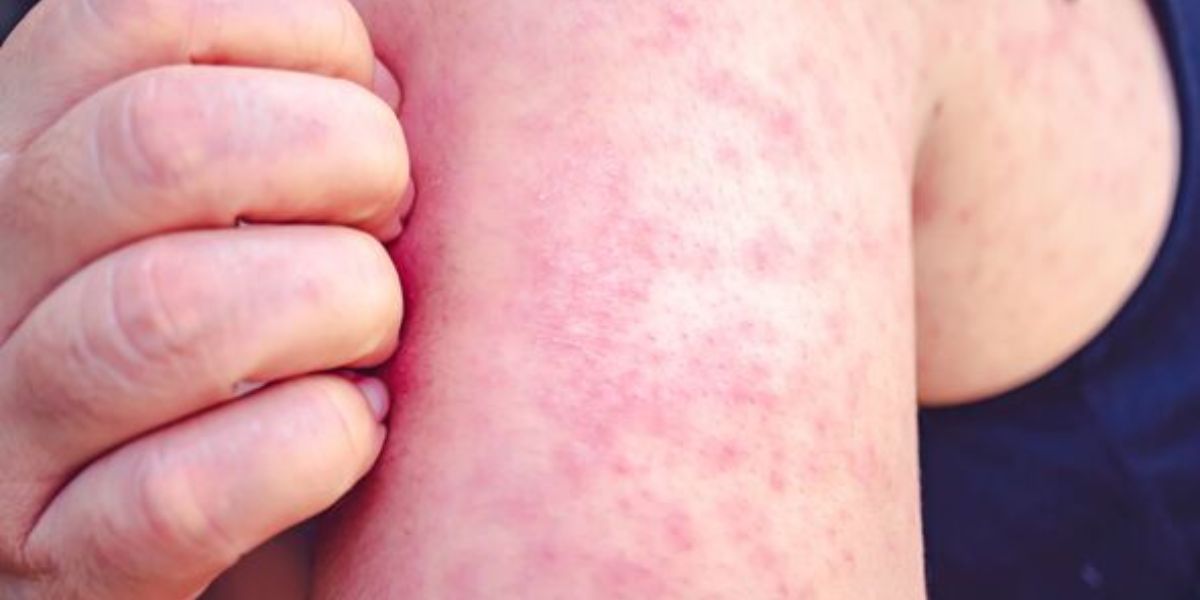Throughout his career, Dr. Jay Bhatt has worked to eliminate healthcare inequities. Bhatt, the head of the Deloitte Center for Health Solutions and Deloitte Health Equity Institute, has been at the forefront of this battle for years through his in-depth research and community-based projects.
Because of his experiences, Bhatt believes that community-based ecosystems, or CBEs, are essential to success.
These CBEs, sometimes referred to as place-based networks, have shown to be effective in a number of places, and if Bhatt has his way, they will soon be in Houston. He claims that Houston is the ideal location to unleash this revolutionary potential in healthcare.
WHAT IS A COMMUNITY-BASED ECOSYSTEM
CBEs are all about community, as the name implies.
According to Bhatt, hospitals, health systems, and other health plans have traditionally been at the center of providing treatment. However, reputable community organizations are starting to take on a bigger role as customers, patients, and families get closer to the center, which is actually the main point. Health equity is everyone’s concern with CBEs.
Because community entities have a much larger impact on the social, economic, and environmental factors that can make health less equitable—that is, the drivers of health—like lack of access to fresh, affordable, healthy food, lack of transportation, lack of jobs, or lack of education, Bhatt claims that CBEs provide education, care delivery, instill trust, and break down barriers much more effectively than health providers alone.
Bhatt says community-based organizations include a wide range of nontraditional players beyond health systems and health plans, such as churches, YMCAs, food banks, urban gardens, and transportation companies, which can offer huge improvements to health outcomes.
We know that up to 80% of health outcomes are influenced by the drivers of health, also referred to as social determinants of health. Therefore, these problems of environment, food, housing, isolation, financial stability, and employment affect 80% of an individual’s health outcomes. Additionally, 20% pertain to clinical treatment, Bhatt stated, highlighting the necessity of CBEs once more.
COST OF HEALTHCARE INEQUITIES
In addition to taking the lives of the country’s poor, current healthcare disparities cost the nation $320 billion a year. That bill is set to grow to $1 trillion annually by 2040, creating an untenable situation for not just the nation s less economically well-off, but everyone. According to the Deloitte article US health care can t afford health inequities, Inequities across the US health system limit underserved people s access to affordable, high-quality care, create avoidable costs and financial waste that span society, and impact every individual s potential to achieve health and well-being. [AW1] [AW2]
The article continues, This avoidable expense (in dollars and lives) is the result of an inequitable health system and could have major consequences for the health and well-being of all individuals. No individual, family, or health system is equipped to sustain that kind of inefficiency and its implications.
In other words, the groups suffering the most from healthcare inequities Black and Latinx persons of all socio-economic backgrounds, poor whites, LGBTQ+ persons, the disabled and the poor, a demographic predominantly made up of women and children will not be the only ones who see their current level of healthcare access and quality decrease as the cost of these inequities continue to rise.
According to Pierre Theodore, MD, vice president of health disparities, Johnson & Johnson Global Public Health, When you address inequities for one population, you raise health for all populations.
That s exactly what Bhatt wants to do via the CBE approach to healthcare.
THE STATS
Here are some numbers to consider when thinking about healthcare inequities:
- High blood pressure is common in 33% vs. 22% of Blacks aged 35-49 years compared to whites.
- Diabetes is common in 10% of Blacks aged 35-49 compared to 6% of whites.
- Stroke affects 2% of Blacks compared to 1% of whites aged 35-49 and 7% vs. 4%, respectively, of those aged 50-64.
- The CDC contends that social factors adversely impact Blacks at younger ages compared to whites, including unemployment, living in poverty, not owning a home, cost-prohibitive effects of trying to see an MD, smoking, inactive lifestyle, or obesity.
- A Cigna white paper noted Blacks are 20% more likely than whites to report psychological distress and 50% less likely to receive mental health treatment.
- Per the American Cancer Society, Blacks have the highest death rate and shortest survival for most cancers, though the overall cancer death rate for Blacks has dropped faster than it has for whites since 1990.
- The Office of Minority Health says Blacks (nearly 13% of the U.S. population) make up roughly 33% of all US patients receiving dialysis due to kidney failure.
Alan R. Nelson, MD, chair of the IOM Committee on Understanding Racial and Ethnic Disparities in Health Care, summarizes these numbers and the focus on them as follows: The real challenge lies not in debating whether disparities exist, but in developing and implementing strategies to reduce and eliminate them.
HOUSTON, WE HAVE THE INGREDIENTS
Even though the state of healthcare access in Houston, with its Texas Medical Center and other health systems, can be described as medical apartheid, Bayou City has all the ingredients necessary to create the nation s exemplary community-based ecosystem.
Houston also has Bhatt s attention.
Houston is one of those other places we re looking at, as well as other cities around the country, to bring public/private stakeholders together and show that, again, as we have in other communities, that this model can work, he said.
Here are just a few of the ingredients Houston possesses:
Health Systems
Texas Medical Center
Expanding Harris Health System institutions
Urban Gardens
Alabama Urban Garden
Blodgett Urban Garden
Fifth Ward Urban Garden
Northeast Houston Community Garden
Efforts to Fight Food Insecurity
PVAMU s Mobile Kitchen: fighting food insecurity
Target Hunger Mobile Food Pantry
Sunnyside s Fresh Houwse Grocery fights food desert
Holistic Wellness
Community Wellness Initiative
Dr. Baxter Montgomery &Montgomery Heart & Wellness Center
Dr. Willie Mae Lewis &Women s Resource Center, Inc.
Jennifer Jones &JENuine Nutrition
Business Partnerships
Jinka&HEB
Mental Health
Dr. Alauna Curry&The Trauma C.U.R.E.
Current Partnerships
PVAMU, COHHealthy Houston Initiative
Educational Initiatives
TSU s new Center for Transformative Health
Uplift Her 2023 Conference
State of Black Women Health Forumby the Defender Network
Tre Talks
Faith Institution Initiatives
Trinity UMC: Farmers Market & Mini-Health Fair every 4thSaturday of the month
Trinity East UMC: Outreach Food Pantry four times a month
Riverside UMC: Food Pantry every 2nd& 4thSaturday of the month from 9 a.m. noon. Riverside also grows a community Garden done in partnership with UH students.
Good Hope Missionary Baptist: Food Pantry every Saturday from 9 a.m. noon.
Church Without Walls: Monthly #WeServe Community Drive-Thru Food Fair. Annual Community Fall Festival & Health and Wellness Fair.
Wesley AME Church: Periodic chef-led lessons in preparing healthy meals.
St. Mary s UMC: Offers Senior Boxes, food care packages for the elderly.
Shrine of the Black Madonna: Host of We Are One Mobile Food Pantry organized by the Foundation for Black Heritage and Culture every 1stand 3rdSaturday from 11 a.m. 2 p.m.
DN: Check out the challenges & keys to CBE success, and more
Note: Every piece of content is rigorously reviewed by our team of experienced writers and editors to ensure its accuracy. Our writers use credible sources and adhere to strict fact-checking protocols to verify all claims and data before publication. If an error is identified, we promptly correct it and strive for transparency in all updates, feel free to reach out to us via email. We appreciate your trust and support!




